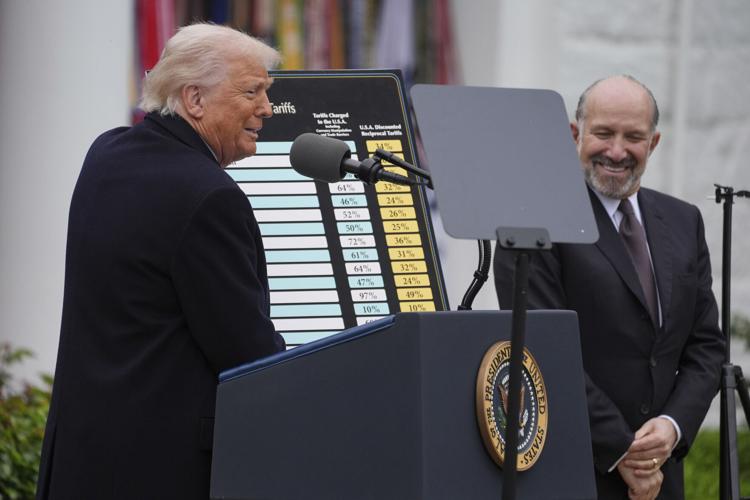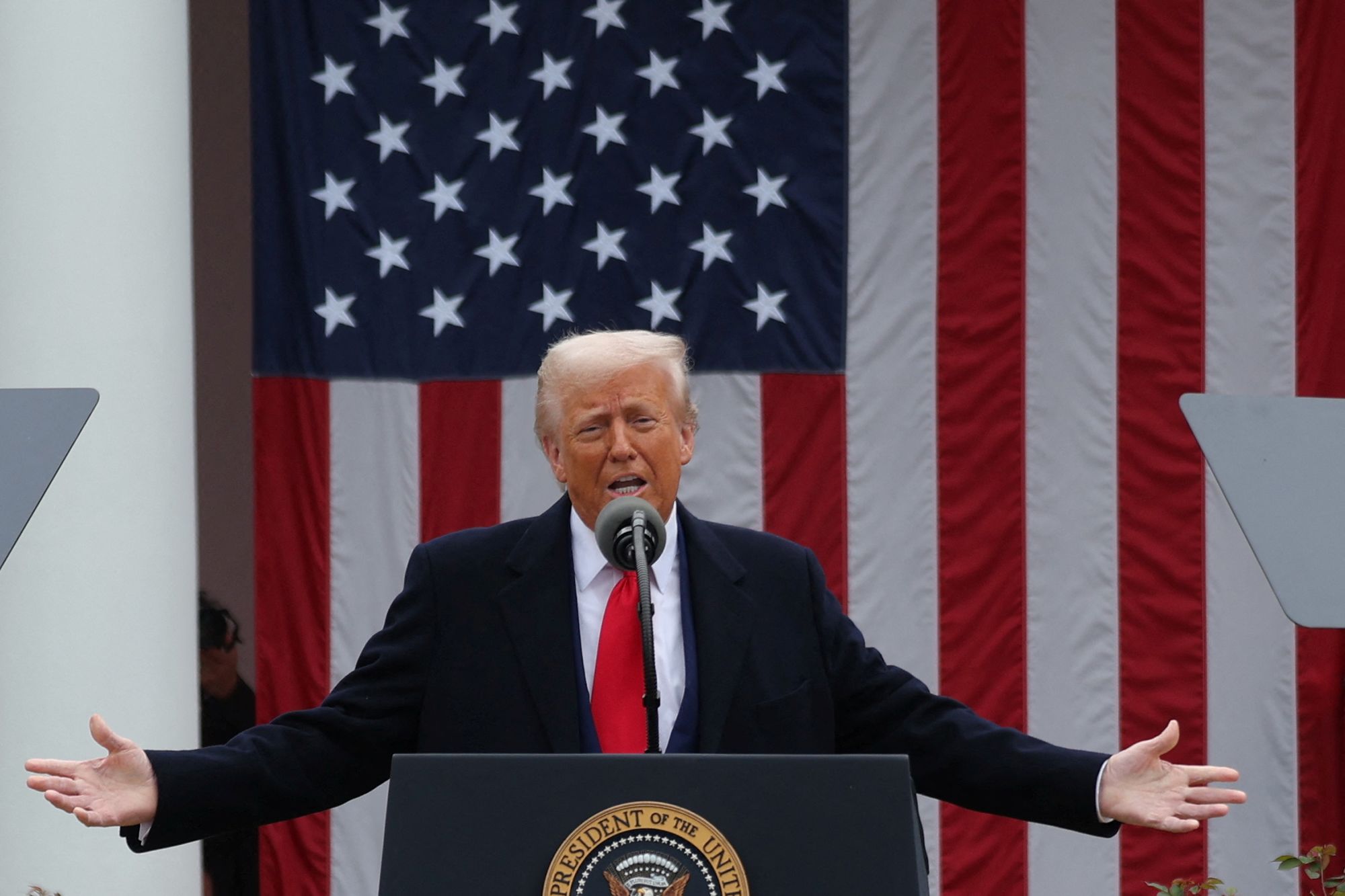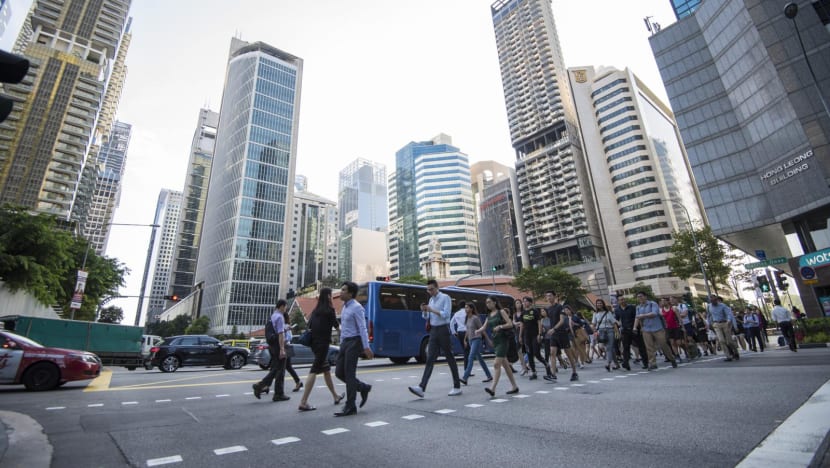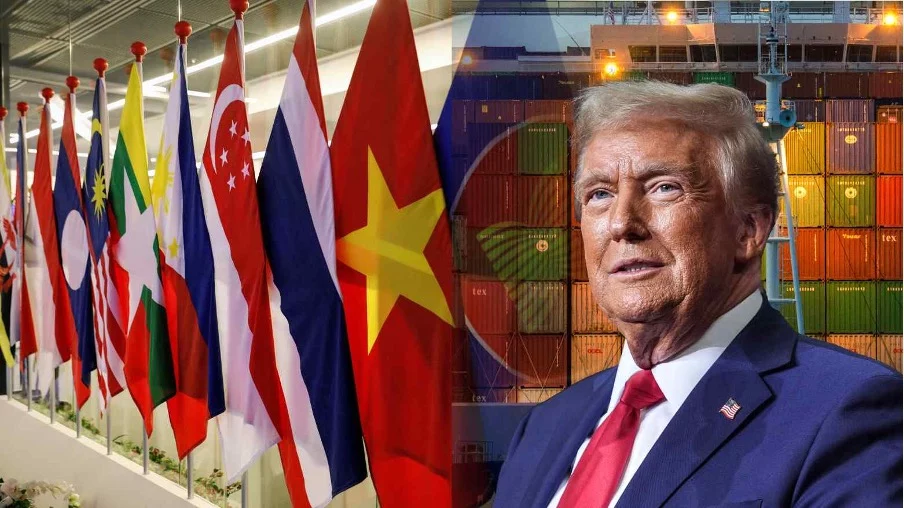Trump’s “Liberation Day” Tariffs: Sectors & Companies Most Exposed
TLDR;
- Singapore hit with 10% baseline tariff—higher than expected for a close U.S. ally
- China faces 54% cumulative tariff (34% new + 20% existing)—ripple effects on Singapore’s China-linked supply chains
- ASEAN neighbors hammered: Vietnam (46%), Thailand (36%), Indonesia (32%)—regional manufacturing reshuffle likely
- Tech & semiconductors in crosshairs: Taiwan (32%), South Korea (25%) tariffs disrupt chip flows
- STI down 0.5% but outperforms Asia—Nikkei (-4%), KOSPI (-2.3%) plunge; gold/USD surge
The “Nuclear Bomb” on Global Trade: What Just Happened?
President Trump’s “Liberation Day” tariffs impose a 10% baseline tax on all imports (effective April 5) and higher “reciprocal” rates on 60+ countries (effective April 9), targeting nations he accuses of “cheating” the U.S. through trade barriers
Singapore’s Direct Exposure
-
10% tariff on all exports to the U.S. (e.g., pharmaceuticals, electronics, machinery)
-
No exemptions unlike Canada/Mexico (spared due to existing 25% tariffs)
-
Indirect shock via China: 54% tariff threatens Singapore’s $137B bilateral trade with China (20% of total)
List of Tariffs: Who’s Hit Hardest?
| Country | New U.S. Tariff | Cumulative Rate | Key Exports at Risk |
|---|---|---|---|
| China | 34% | 54% (with 20% existing) | Electronics, textiles, machinery |
| Vietnam | 46% | 46% | Footwear, furniture, semiconductors |
| EU | 20% | 20% | Cars (Germany), wine (France), luxury goods |
| Taiwan | 32% | 32% | Semiconductor chips, tech components |
| Japan | 24% | 24% | Autos, machinery |
| India | 26% | 26% | Pharmaceuticals, rice, textiles |
| South Korea | 25% | 25% | Cars, smartphones, displays |
| Thailand | 36% | 36% | Rubber, electronics, auto parts |
| Indonesia | 32% | 32% | Palm oil, textiles, coal |
| Singapore | 10% | 10% | Pharmaceuticals, petrochemicals, electronics |
Sectors & Companies Most Exposed
1. Electronics & Semiconductors
-
Taiwan (32%) and South Korea (25%) tariffs threaten chip supplies to Singapore’s tech manufacturers
-
Action: Diversify suppliers to Malaysia (24%) or reshore to Singapore (10% rate)
2. Pharmaceuticals
-
India’s 26% tariff risks drug shortages and higher costs for Singapore hospitals
-
Opportunity: Local pharma giants (e.g., Raffles Medical) may gain as U.S. seeks non-India suppliers
3. Shipping & Logistics
-
Vietnam (46%) and China (54%) slowdowns could dent PSA International and CMA CGM volumes
-
Watch: Freight rates may spike if ASEAN exporters reroute supply chains
4. Luxury & Consumer Goods
-
EU’s 20% tariff means pricier French wines, German cars, Italian handbags—bad news for Orchard Road retailers

What Can Singapore Investors Do?
1. Rebalance Portfolios
-
Reduce exposure: China-linked stocks (e.g., Yangzijiang, SIA Engineering)
-
Buy defensive plays: STI utilities (e.g., SP Group), healthcare (e.g., Singapore Medical Group)
2. Hedge Against Inflation
-
Gold (+3% post-announcement) and USD are safe havens
-
Real estate: Commercial properties may benefit if manufacturers relocate to Singapore
3. Watch for MAS Moves
-
Core inflation (now 3.4%) could spike further—MAS may tighten monetary policy
4. Supply Chain Shifts
-
Vietnam’s 46% pain = opportunity for Singapore to attract factories (e.g., electronics, textiles)
Trump’s tariffs mark the end of globalisation as we know it. For Singapore:
-
Short-term pain: Higher import costs, slower China trade
-
Long-term gain: If ASEAN supply chains pivot here.
Here’s the full list of 180+ countries affected by Trump’s reciprocal tariffs, courtesy: U.S. President Donald Trump Truth Social & The White House.
Also check out the list based on organised by region, with key sectors impacted and tariff rates. The data is synthesised from multiple sources, including the White House announcement and detailed reports from Newsweek, CNBC, and The Boston Globe here.






It’s important to note that tariff policies can evolve rapidly, and final rates may depend on negotiations or exemptions granted after initial announcements. For real-time updates, readers should consult official government statements or trusted news outlets.
You can now be our community contributor and make a pitch to have your favourite personality be on our show.
Join our community group and drop us your insights on this topic.

-3.png?width=50&name=Square%20(2)-3.png)










Let us know what you think of this post